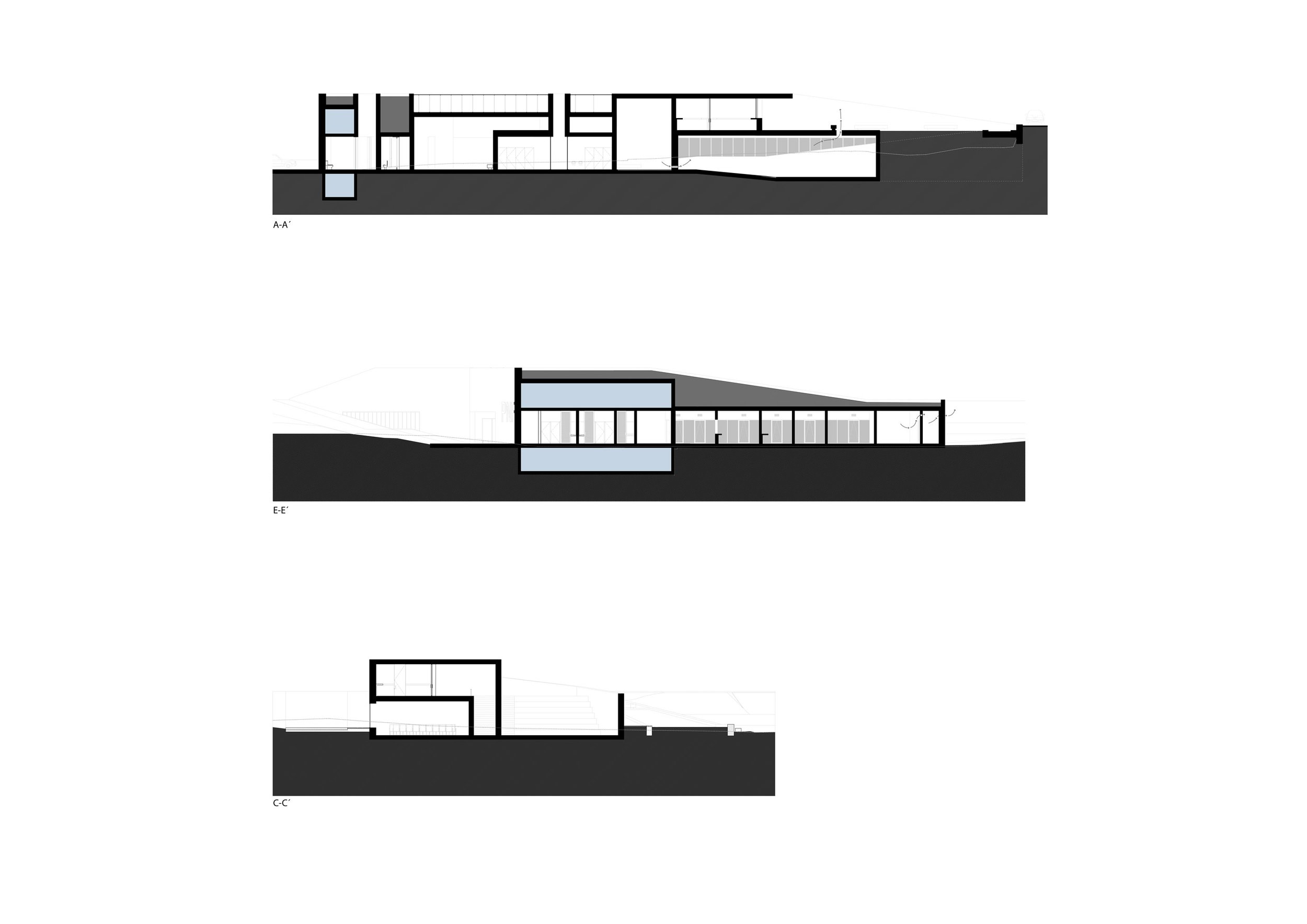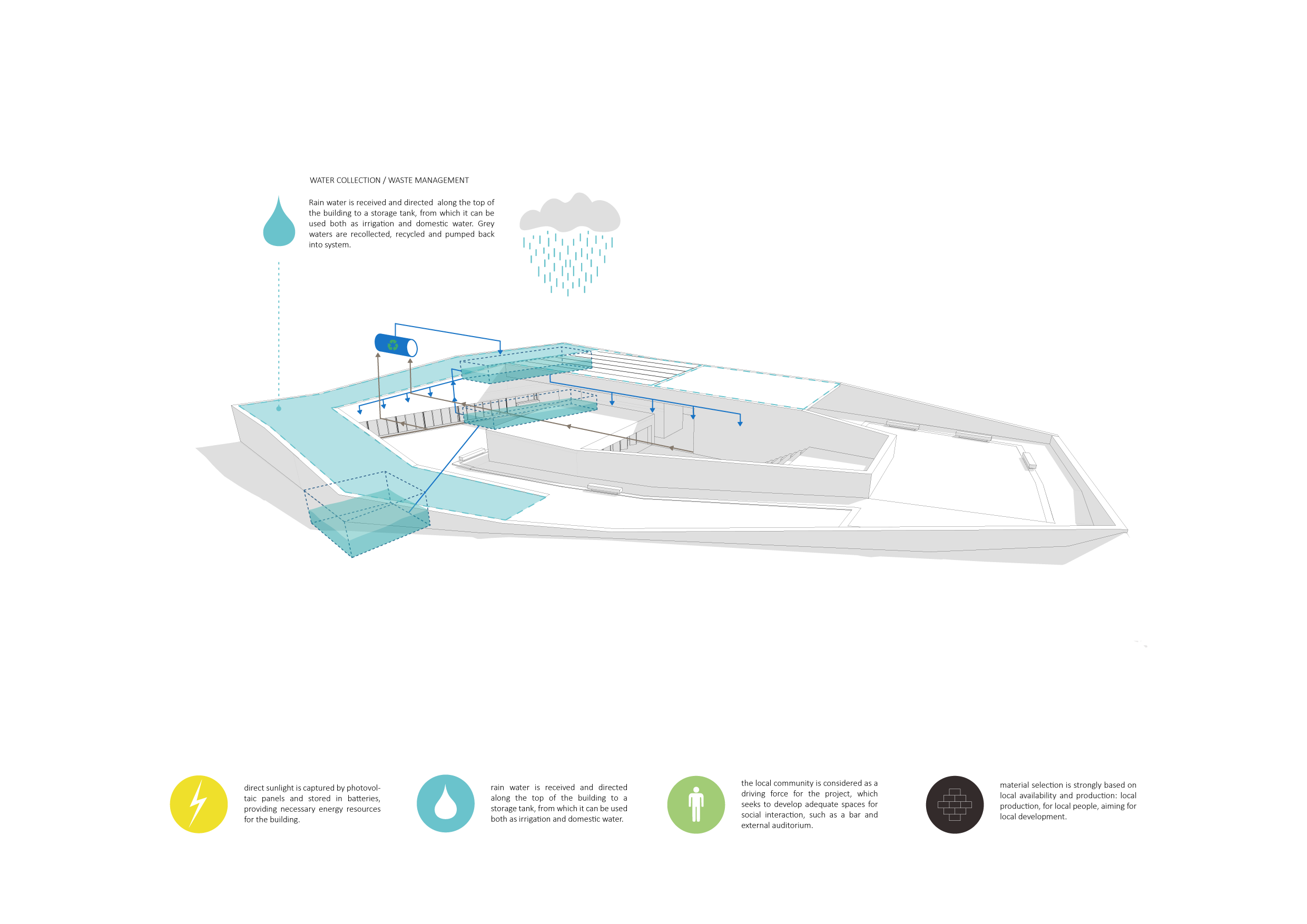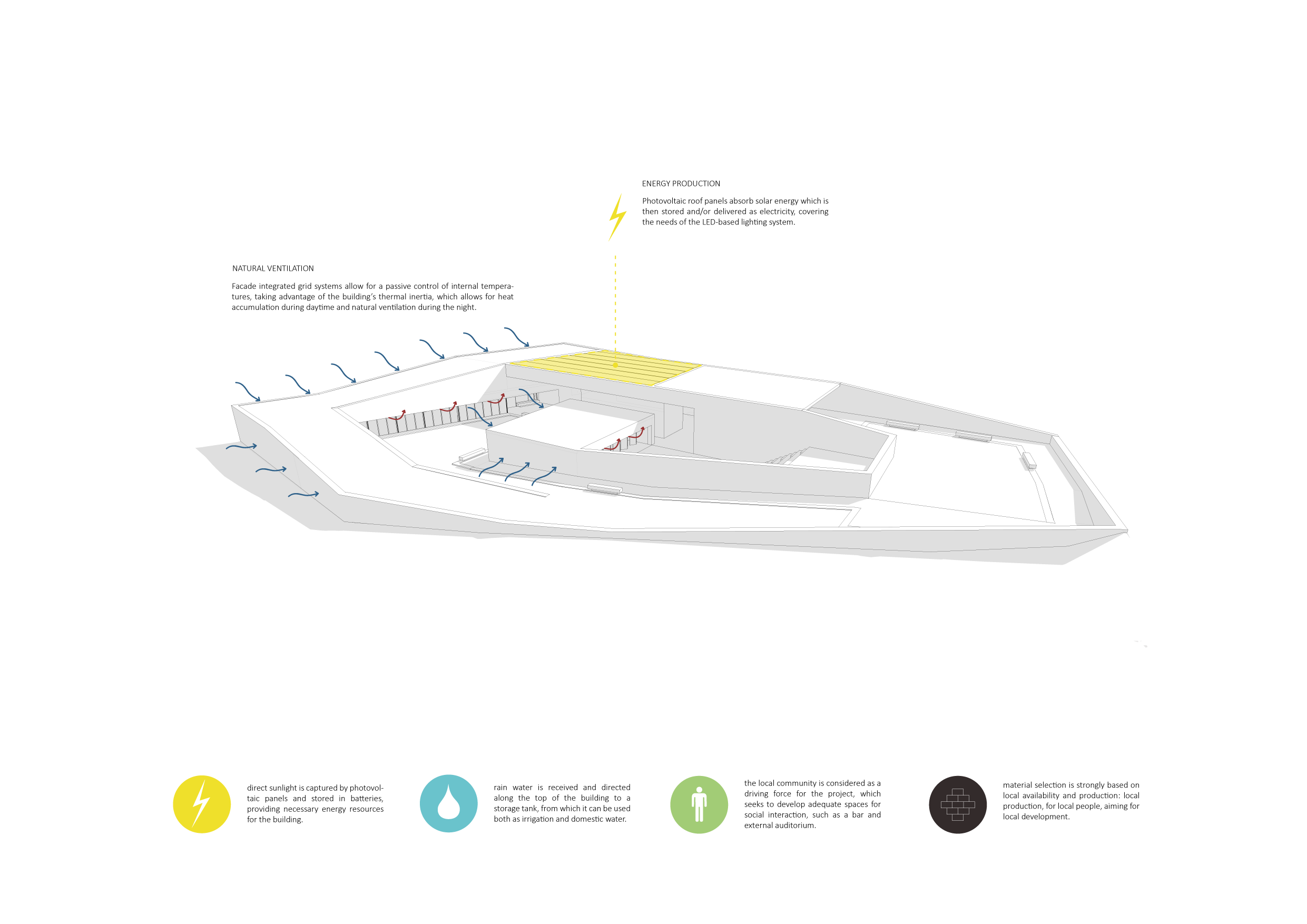Fogo Natural Park Headquarters
PNF Headoffice
Location: Chã das Caledeiras, Ilha do Fogo - Cape Verd
Area: 3200 m²
Year: 2009
Collaboration: Jorge Graça Costa
Photograph: Fernando Guerra + SG
On Fogo Island at an altitude of 1800 meters, amidst the crater of the volcano, lies a village of about 1200 inhabitants which live on the fringes of legality, occupying State owned land where agricultural activities are organized and carried out, as a means of subsistence, in one of Cape Verde’s poorest regions.
Fogo Natural Park Venue. Photography: Fernando Guerra
The status of protected area of national interest, forced the zoning of farming, with obvious limitations to construction, and introduced rules against the free occupation of the town, generating collisions of interests with frequent clashes. The outlines for the project therefore rise from the need to consolidate the identity of this protected region, providing a basis for the conciliation of the population with the new park management. Spaces for cultural and recreational interplay were thought of a feasible solution, both for the people of Chã das Caldeiras, as well as for visitors.
The natural landscape, strikingly marked by the volcano and its crater, possesses a unique and rare beauty, aspiring to become a world heritage site. The idea was therefore to achieve a balanced solution, where architecture and landscape become accomplices, complementary to each other.The mass of the building is constituted of a continuous skin, composed of local black masonry block - a mixture of cement and ashes from the volcano.
Ashes are also used to cover the Roof and exterior areas, blending nature and construction in a natural symbiosis
Fogo Natural Park Venue. Photography: Fernando Guerra
During daytime, the long walls outline the building and blend with the road, suggesting the existence of spaces through an interplay of shadows. At night, bright light is avoided as a means to protect native birds.
To address the in-existence of any previous public utility infrastructure, the building was thought of as a self-sufficient unit. Photovoltaic roof panels absorb sunlight which is then stored in batteries providing necessary power resources for the building. In order to save energy, all ventilation systems are passive. Facade integrated grid systems allows the control of internal temperatures, taking advantage of the building´s thermal inertia, witch enables heat accumulation during daytime and natural ventilation during the night.
Water supply was also a challenge. Rain water is received and directed along the top of the building to a storage tank, from which it can be used both as irrigation and domestic water. Grey waters are recollected, recycled and pumped back into the system.
The building is divided into two main areas: Cultural, composed of a auditorium, an open-air theatre, library and terrace-caffè. Administrative, which comprises meeting rooms, offices, laboratory and technical areas.A succession of sloped terrain compose the out-of-door areas, extending from the roof top, to the main patios of the building, where representative plant species of the natural park, are planted, merging it with the surroundings.
With the Headquarter fully operational, the Natural Park is increasingly valued, which contributes to enrich the social, cultural and economic sectors of the island, starting to integrate and enhance in a harmonious way the surrounding space.The challenges of shortage of local resources became an opportunity and, therefore, the building was made by the people and for the people, using local materials and techniques. The head office is to be felt as nôs cása in the land of Djarfogo“.
Fogo Natural Park Venue. Photography: Fernando Guerra
In November of 2014, 7 months after the inauguration venue, the PNH Headquarters was destroyed due to the Volcano eruption.
It remain in history after being on the Shortlist os WAF, winning the "Prémio Nacional de Arquitectura de Cabo Verde" and the Building of the Year 2015 by Archdaily.
Fogo Natural Park Venue. Photography: Fernando Guerra
Topographic view, population + roads, project location, lava area hit by volcano.
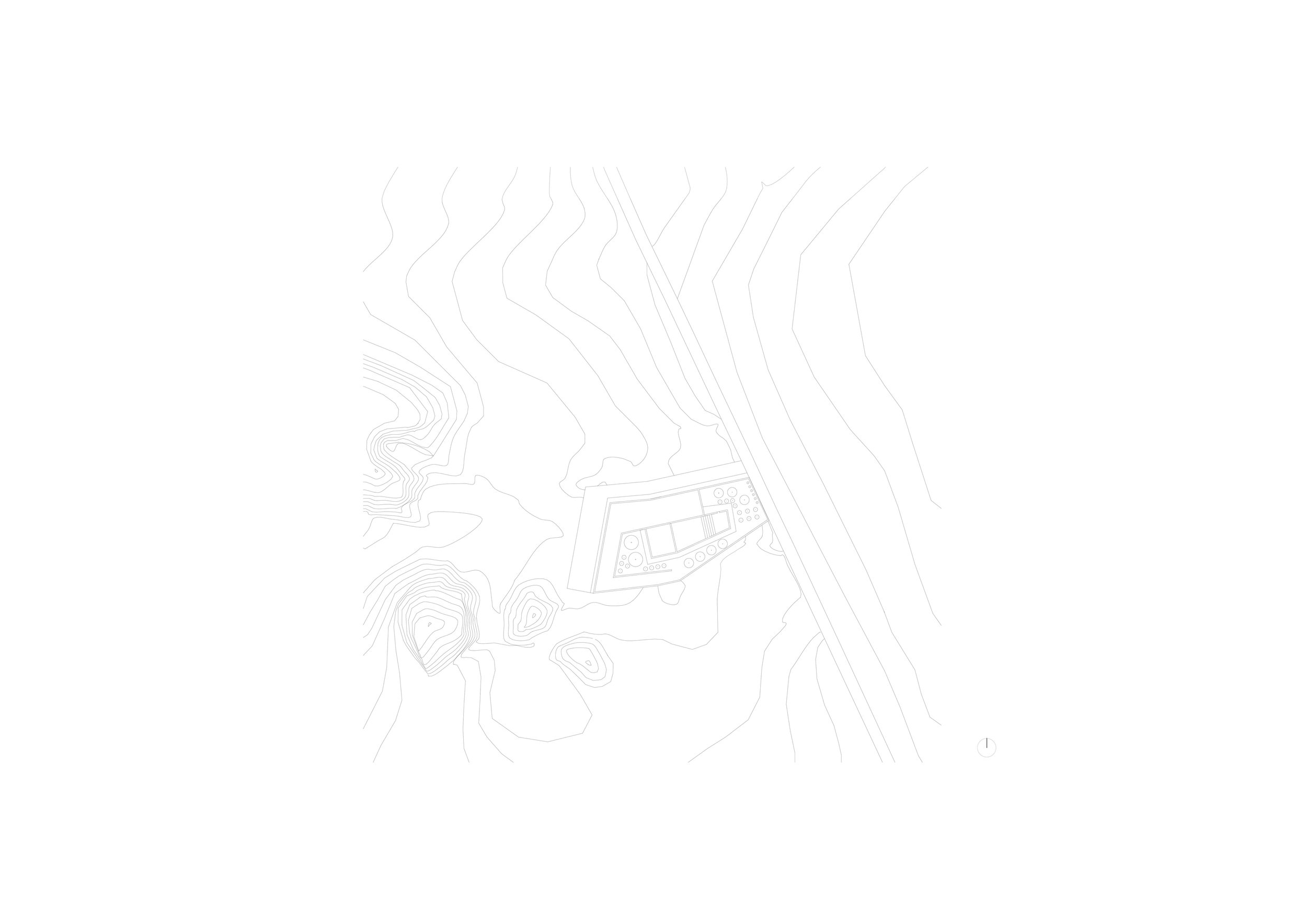
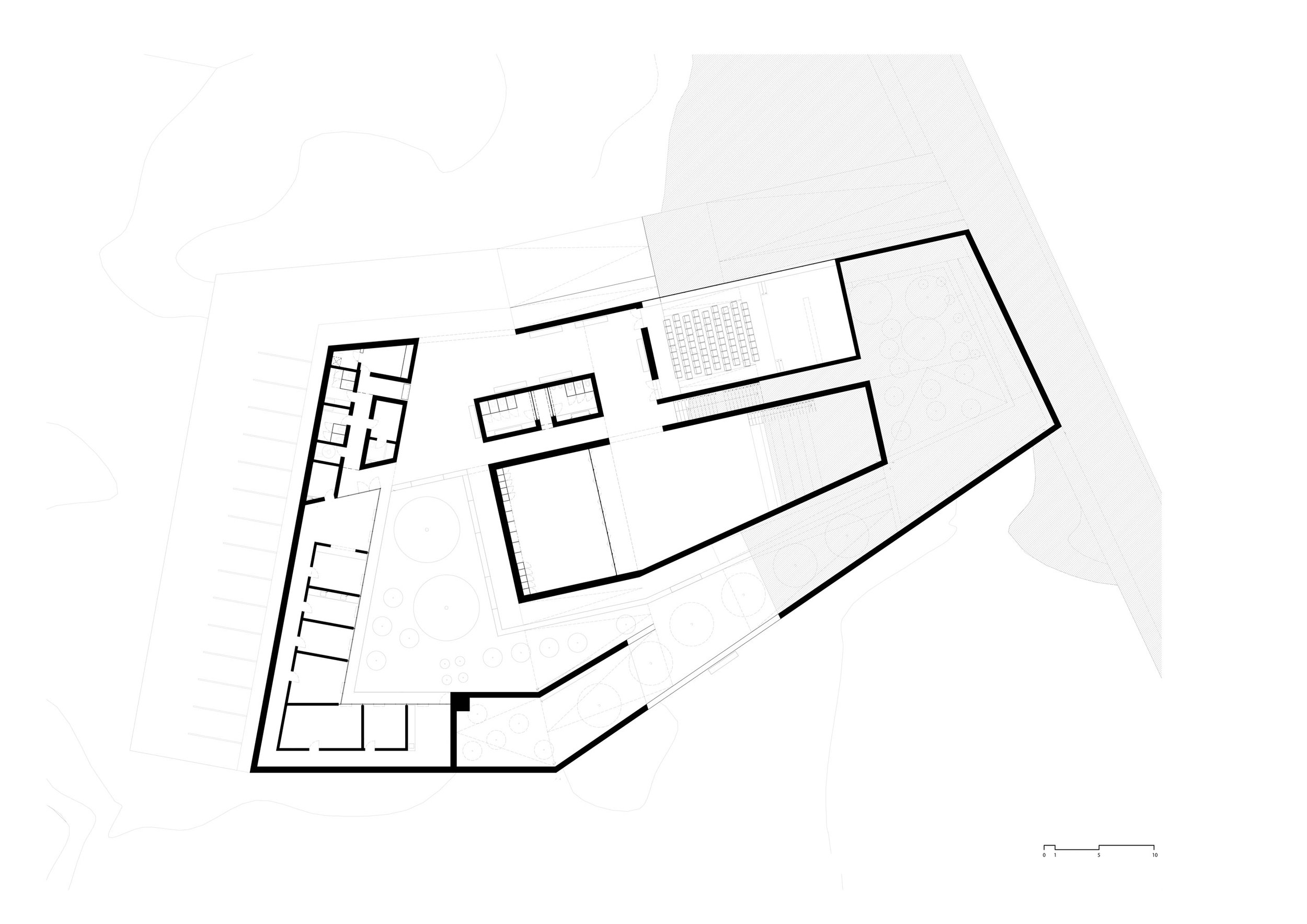
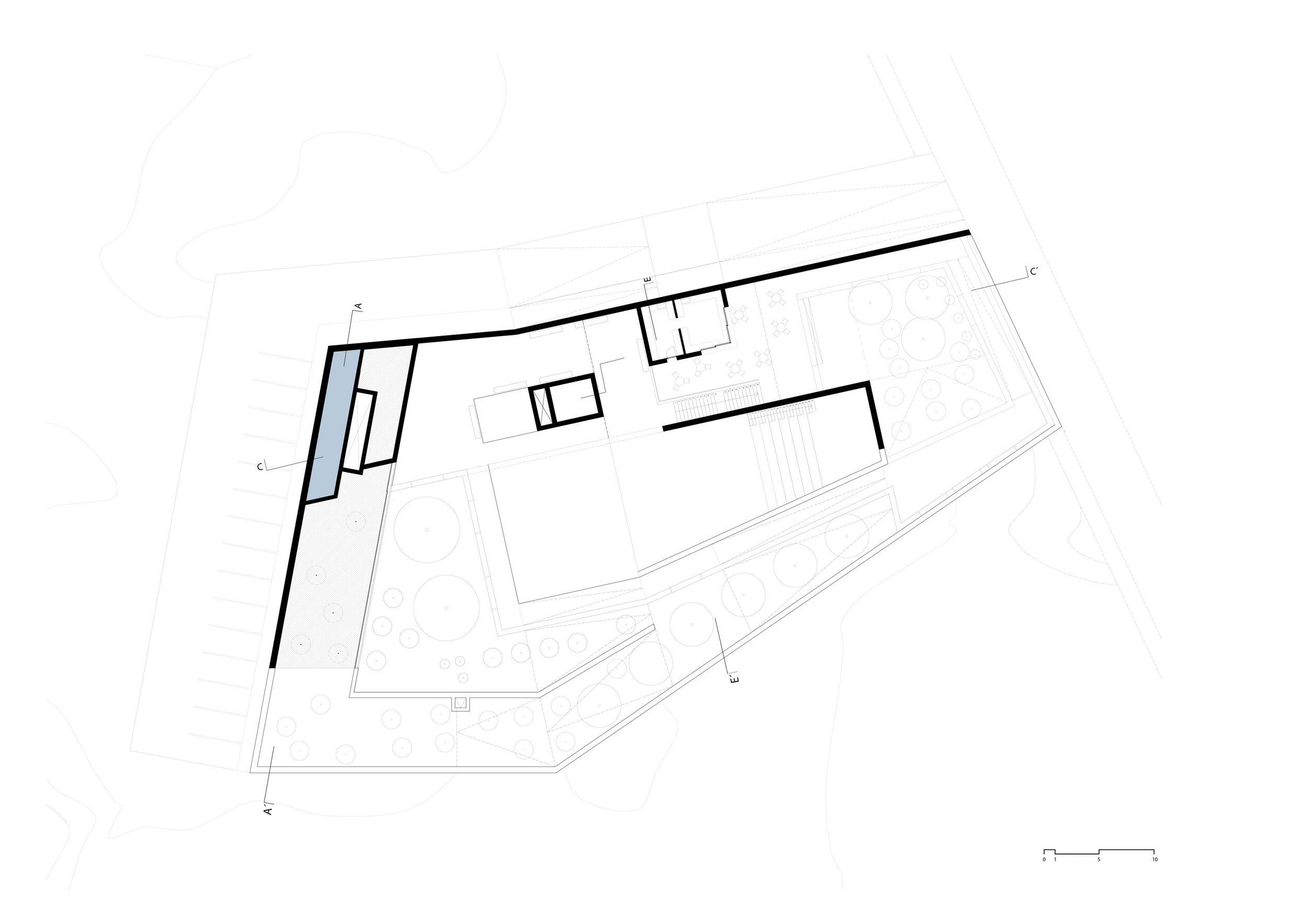

Fogo Natural Park Venue. Photography: Fernando Guerra
Photographs by Fernando Guerra.






























